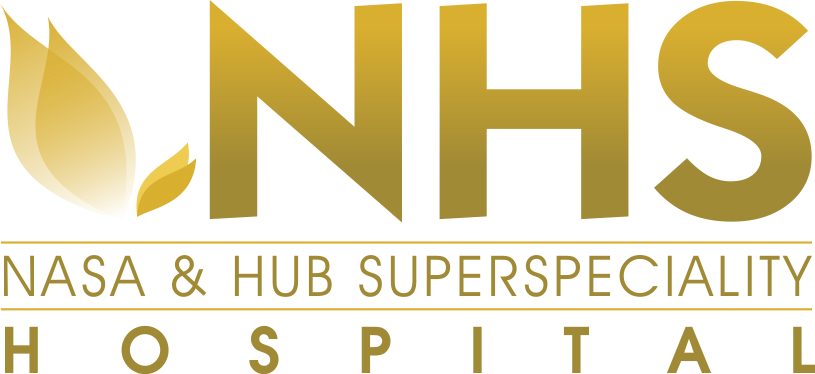
Syncope in simple terms means to faint. It is a common condition that occurs due to short term pooling of the blood. It can also happen due to a sudden drop in blood pressure. Syncope comes in various forms and can be classified into cardiac syncope, orthostatic syncope, and neurally-mediated syncope. Further in this blog, we shall understand more about cardiac or cardiovascular syncope.
What is Cardiac Syncope?
This type of syncope is linked to heart-related problems, resulting from either an irregular heartbeat or structural heart damage. It represents a serious and risky form of syncope. Cardiac syncope makes up a minority of all cases of syncope, roughly around 10%. It is comparatively more severe and necessitates a thorough examination of its underlying factors and immediate intervention. These episodes can be life-threatening, carrying a mortality rate of approximately 30%.
Signs of Cardiovascular syncope
One must also watch for these symptoms in someone who is about to faint:
1. Lightheadedness
2. Dizziness
3. Nausea
4. Changes in vision
5. Cold skin
Nevertheless, certain distinct indicators may signal a more severe underlying issue. For instance, fainting during
physical exertion.
Diagnosing Cardiac Syncope
Diagnosing cardiac syncope is a complex process that involves a detailed medical evaluation. Following are the steps that are typically taken:
1. Medical History: A thorough medical history is collected to understand the patient's symptoms and any potential risk
factors.
2. Physical Examination: A physical examination is performed to check for any obvious signs of heart-related issues.
3. Electrocardiogram (ECG or EKG): This test records the heart's electrical activity and can detect abnormal rhythms.
4. Holter Monitor: A portable ECG device worn for an extended period, usually 24-48 hours, to capture any irregular
heart rhythms that may not be evident during a short ECG.
5. Blood Tests: These can help identify underlying medical conditions, such as anaemia or electrolyte imbalances.
How can one treat and manage cardiac syncope:
The treatment of cardiac syncope largely depends on the underlying cause. Once diagnosed, treatment options may include:
1. Medications: If arrhythmias i.e., irregular heartbeats are the culprit, medications to control the heart's rhythm and
rate may be prescribed.
2. Cardiovascular Procedures: In cases of structural heart abnormalities, surgical interventions, such as valve
replacement or repair, may be necessary.
3. Implantable Devices: Pacemakers or implantable cardioverter-defibrillators (ICDs) can help regulate heart rhythms and
prevent dangerous arrhythmias.
4. Lifestyle Modifications: Lifestyle changes like diet and exercise adjustments may be recommended to reduce the risk
of further cardiac events.
Prevention of Cardiac Syncope
While some factors leading to cardiac syncope may not be preventable, there are measures that individuals can take to reduce their risk:
1. Regular Medical Check-ups: Routine check-ups can detect underlying heart issues early.
2. Managing Risk Factors: Controlling conditions like high blood pressure and high cholesterol can reduce the risk of
heart-related fainting.
3. Healthy Lifestyle: Maintaining a heart-healthy lifestyle, including a balanced diet and regular exercise, can enhance
cardiac health.
Cardiac syncope is indeed a severe condition, requiring prompt attention and intervention. Gaining an understanding of
its underlying causes, identifying its symptoms, and seeking timely medical assessment can have a substantial impact on
the management and prevention of future episodes. Therefore, it is advisable to consult a healthcare professional at the
first sign of any issues. As the age-old adage goes, "Prevention is better than cure."














